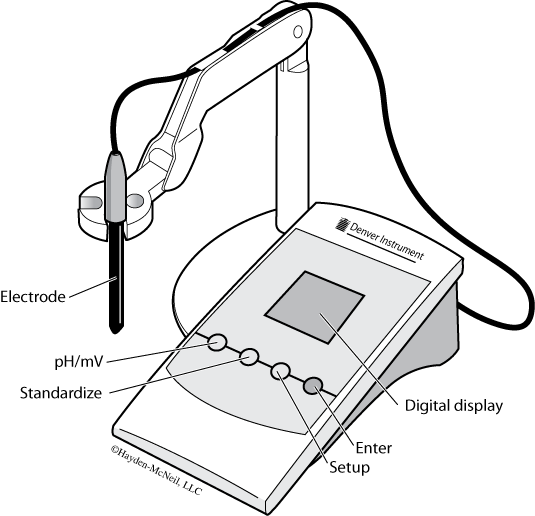LAB 2.5 Laboratory Skills 1: SALI
Strategic Approach to Learning Instrumentation (SALI)
Chapter 2. LAB 2.5 Laboratory Skills 1: SALI
Strategic Approach to Learning Instrumentation (SALI)
false
true
You must read each slide, and complete any questions on the slide, in sequence.
You should prepare a SALI before any lab where you will use a laboratory instrument. You will be tested on all lab instruments during the Lab 12 Competency Exam. To get an idea of what is expected, read Parts 1 and 2 of Lab 12 now.
- Use the information in Appendix B to create a SALI (Table B.1) in your lab notebook for your assigned lab instrument—prepare to explain it to your classmates during the appropriate lab.
- Refresh your knowledge of chemical solution terminology and calculations (see Appendix B). On the quiz you will be asked to calculate the amount of stock solution and solvent needed to make a specific volume of a specific dilution in moles and percents.
- Refresh your knowledge of metric units (see Appendix C). Can you easily convert millimeters to micrometers? Grams to milligrams or micrograms?
- Refresh your knowledge of basic math (see Appendix C and the student resource “Math for Life” in Bioportal). Do you know how many significant digits there are in a measurement taken with a simple ruler? Are you comfortable with logarithms? Do you remember how to write numbers in scientific notation?
2.1 Instrument Orientation
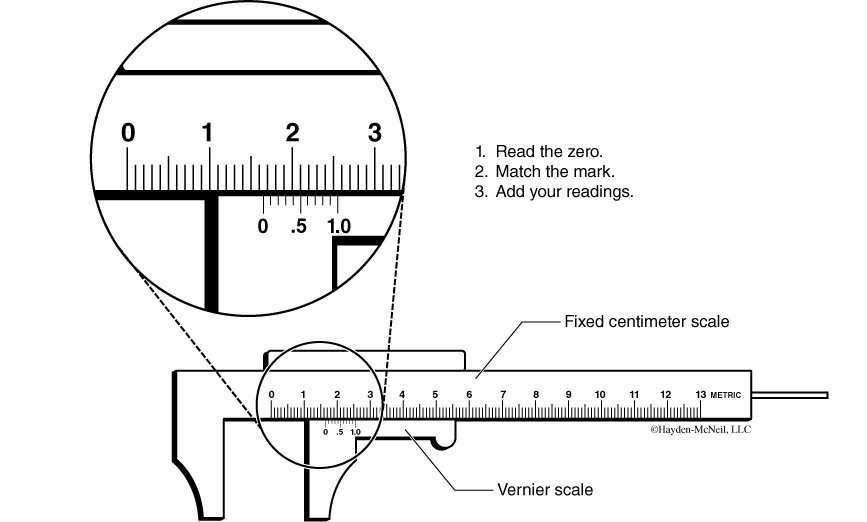
Vernier Calipers
- Label the important components of the Vernier caliper diagram and how they are related to obtain fine measurements
- What makes the Vernier scale different from the metric scale and why does it enable us to measure tenths of a millimeter (or hundredths of a centimeter)? How many decimal places can you use for recording your measurements using the calipers?
- How are these calipers used to measure outside, inside, and depth dimensions?

2.2 Pipettors
- Use the right pipettor for the volume you need. How will you know which pipettor to use?
- Label the important components of the pipettor diagram.
- Make note of the position of the decimal point in the reading window for each kind of pipettor.
- The “plunger” on the pipettor has three “stop” positions. Practice using the pipettor and get a feeling for the different plunger positions.

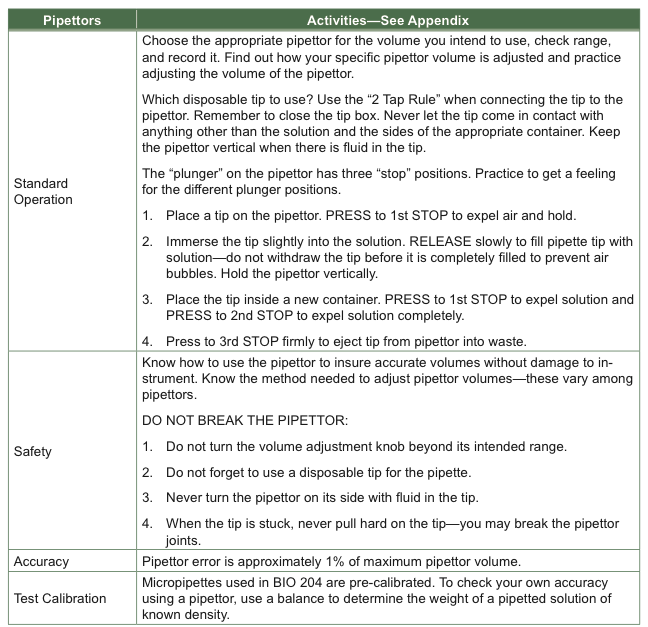
2.3 Graduated Cylinders
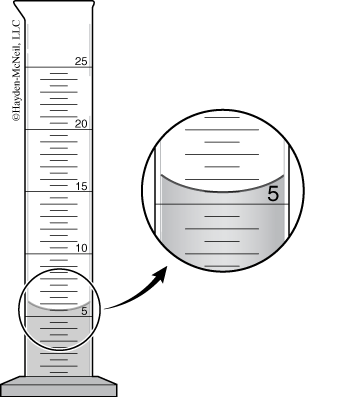
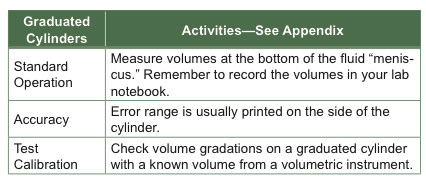
2.4 Spectrophotometers

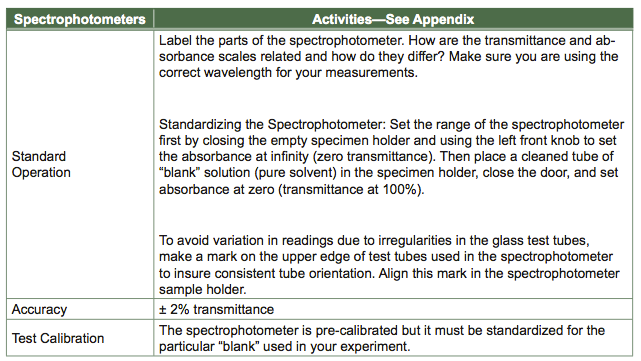
2.5 Digital Balances

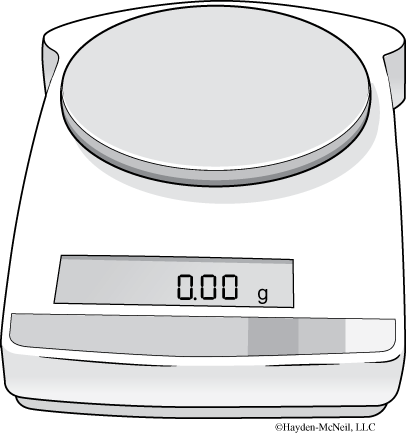
2.6 pH Meters
